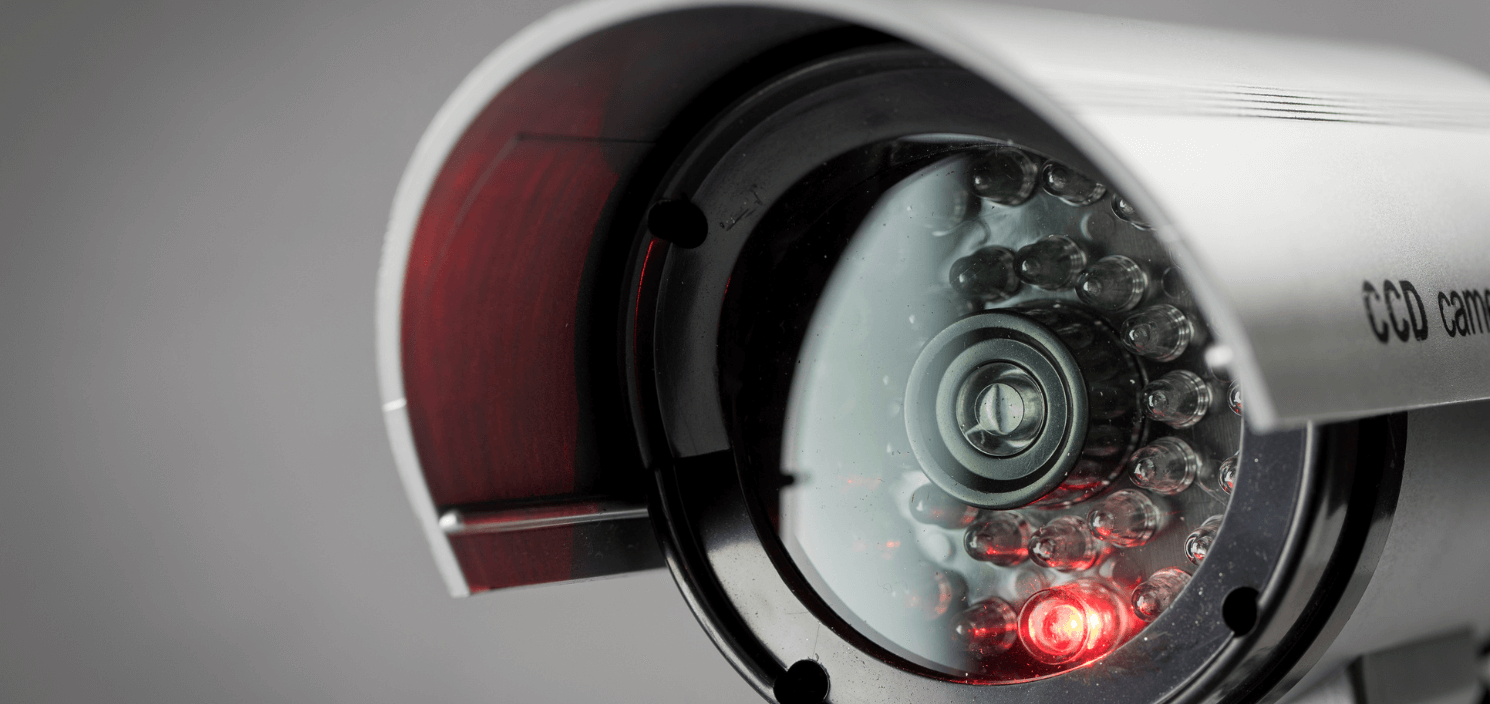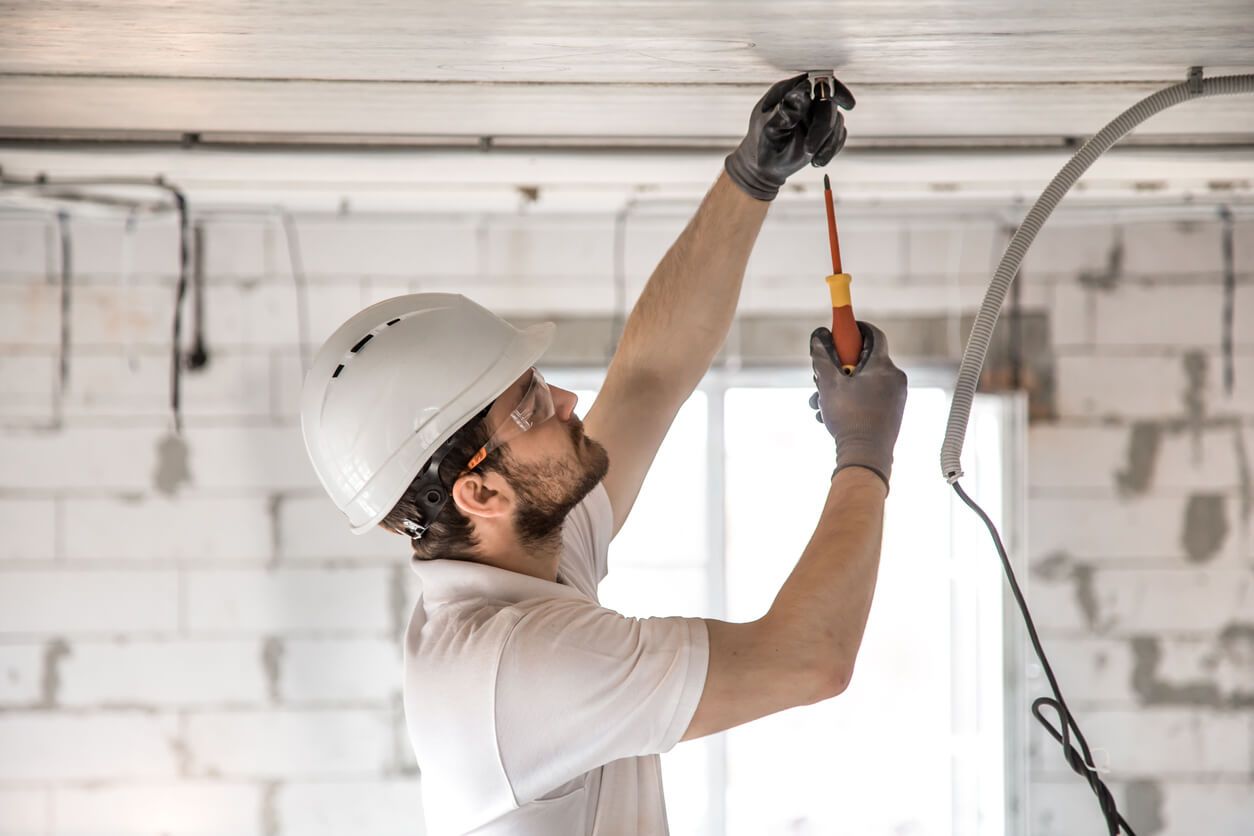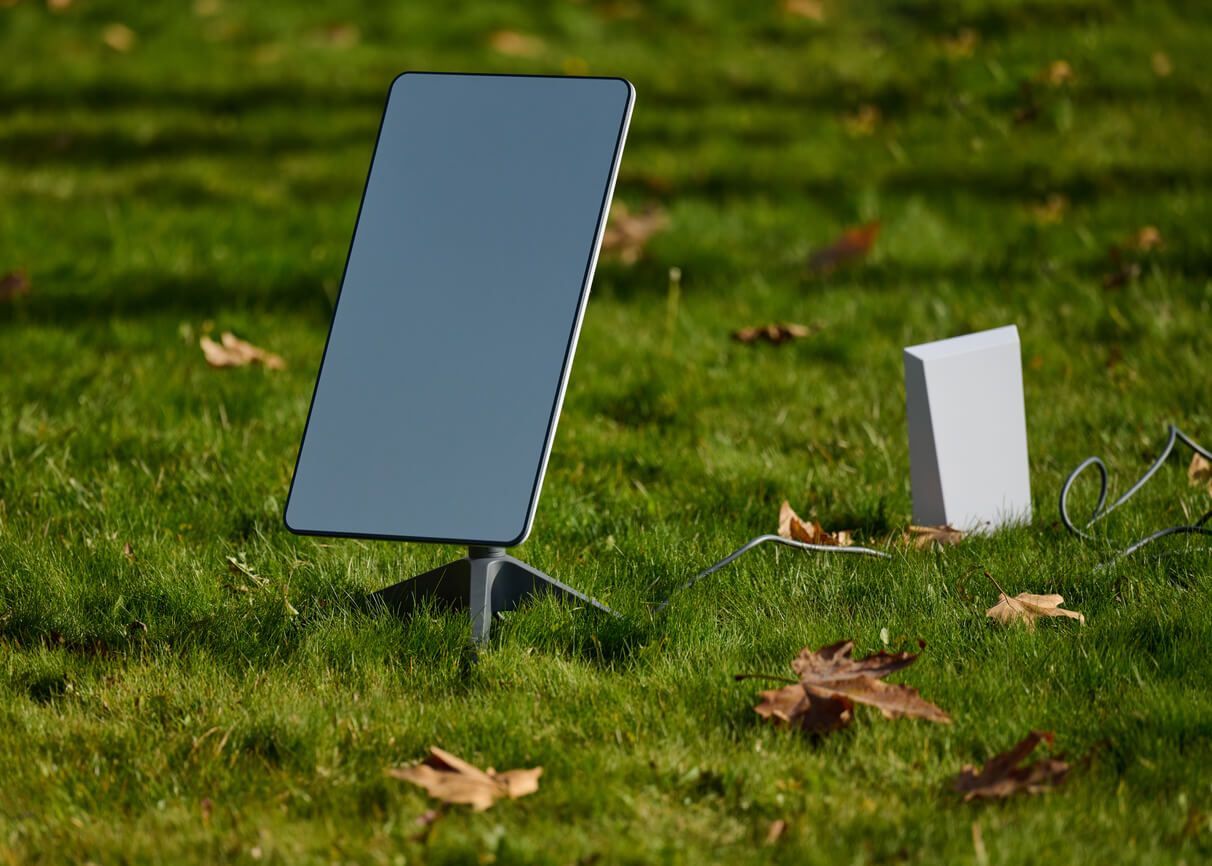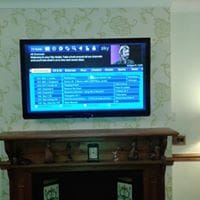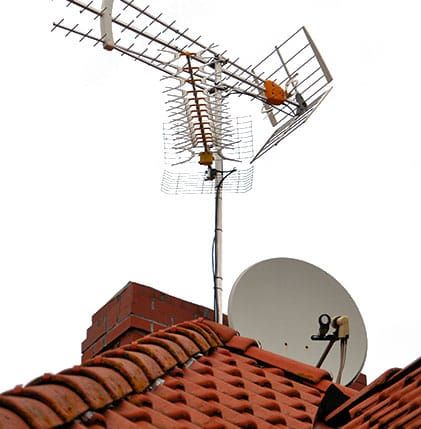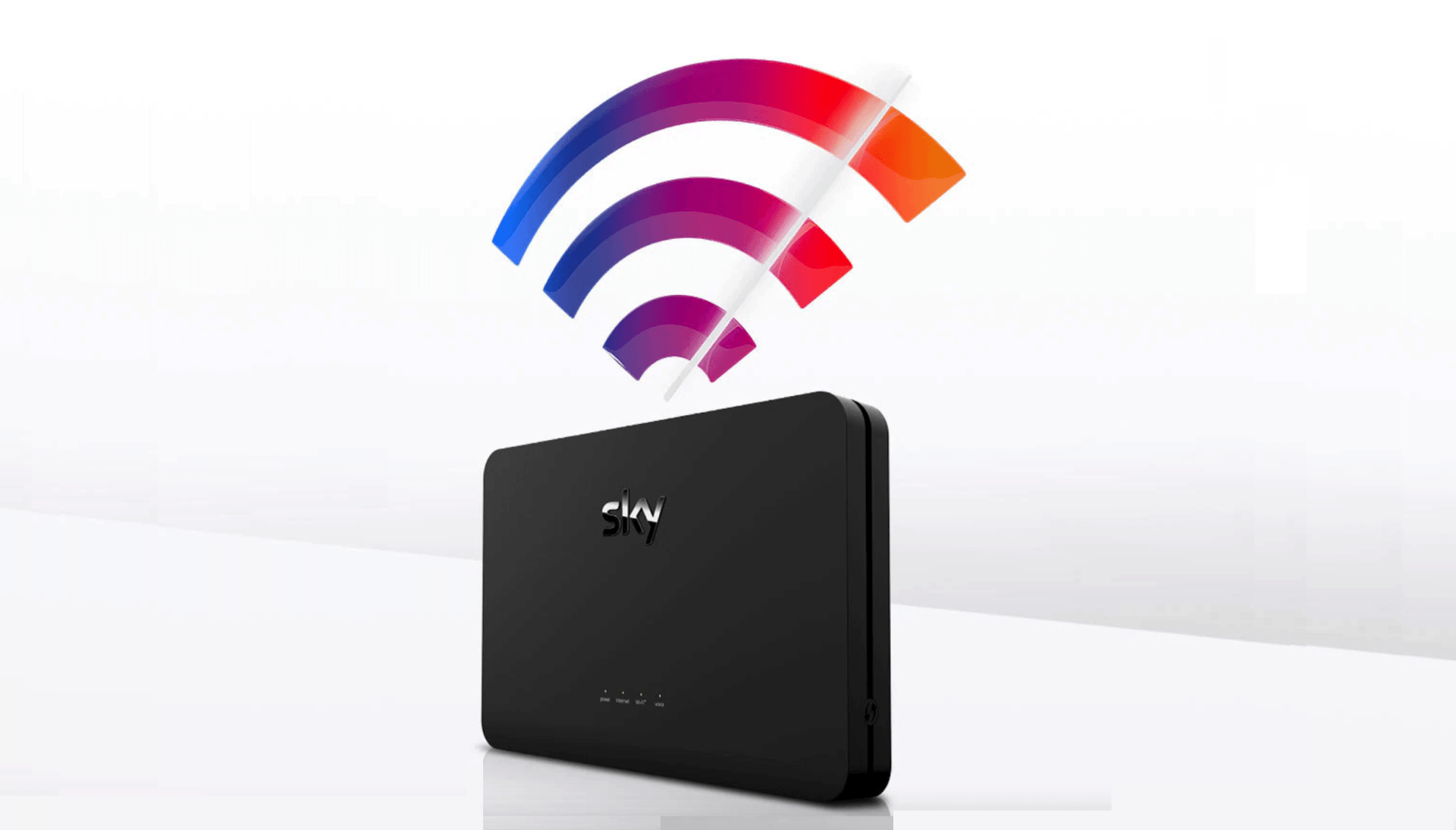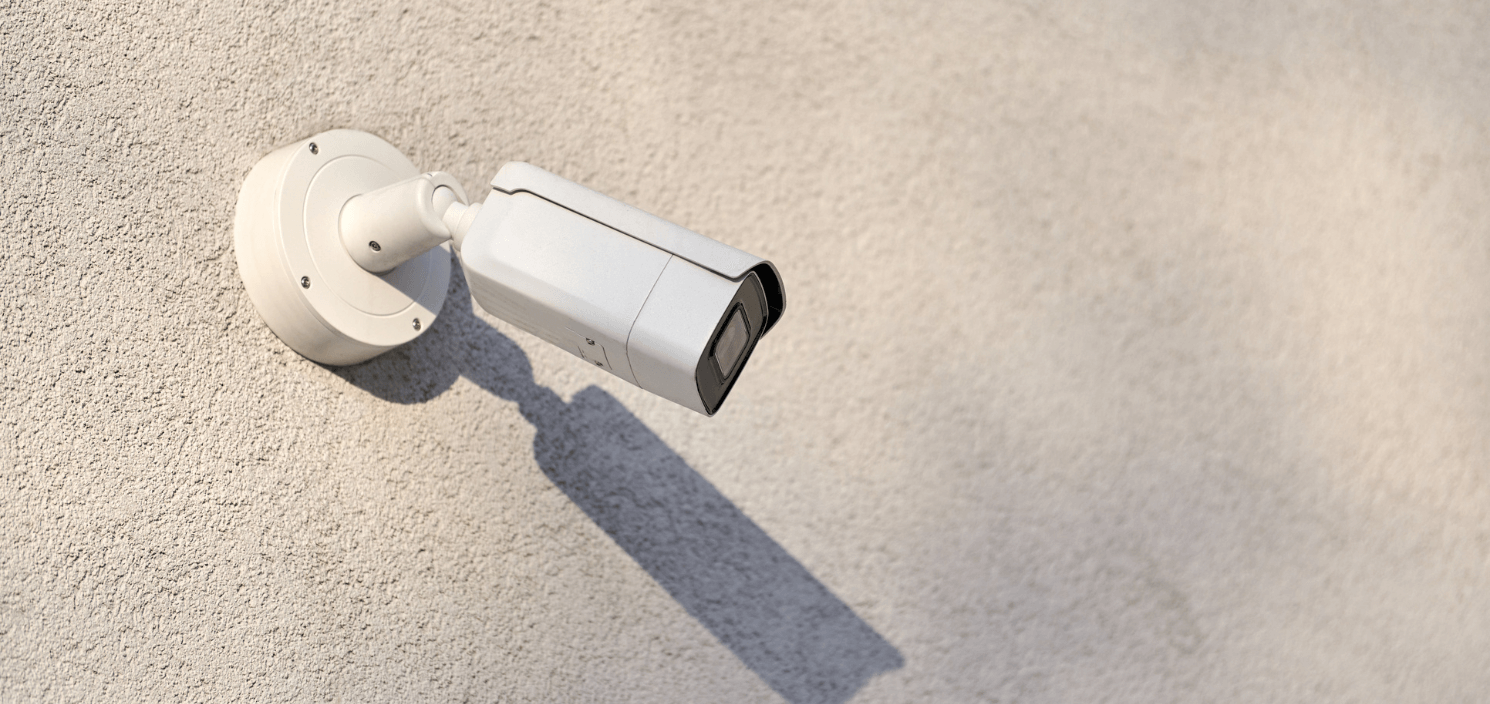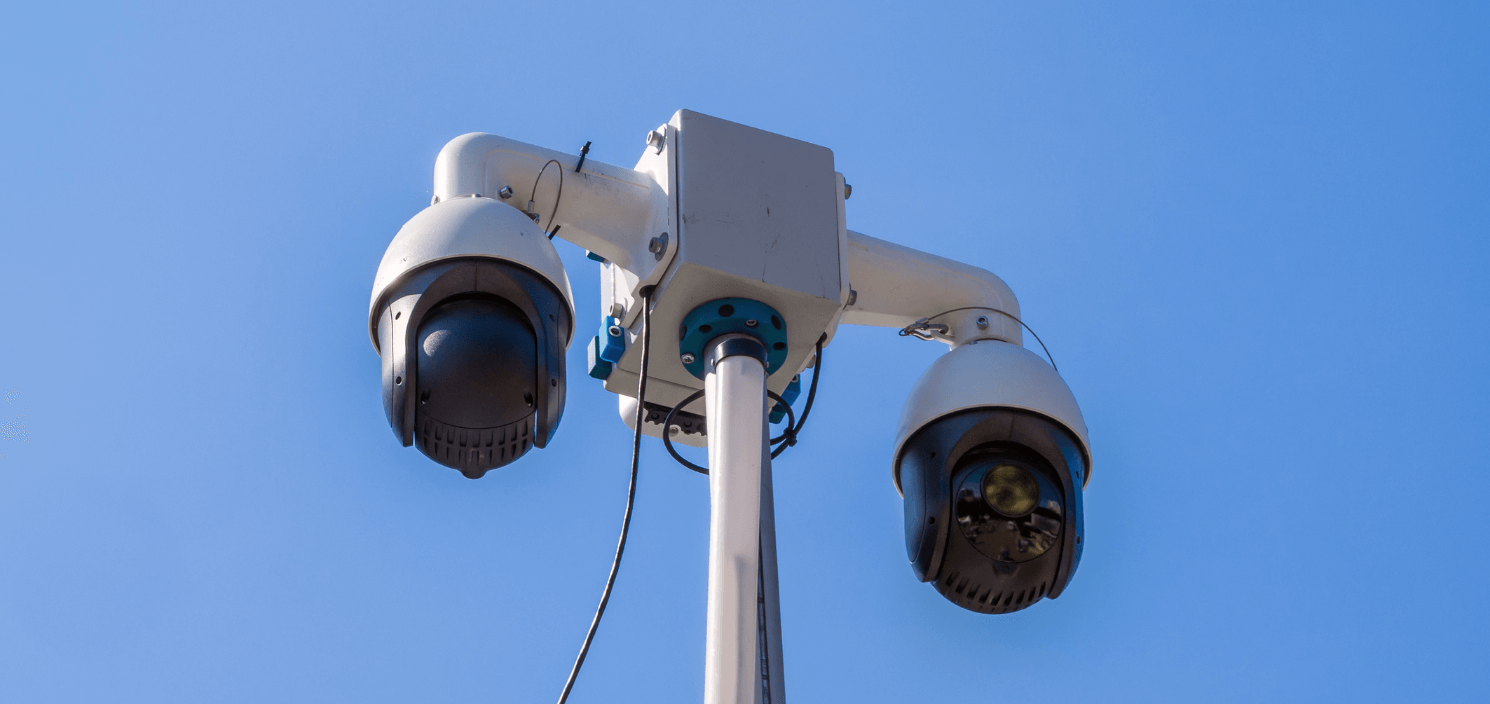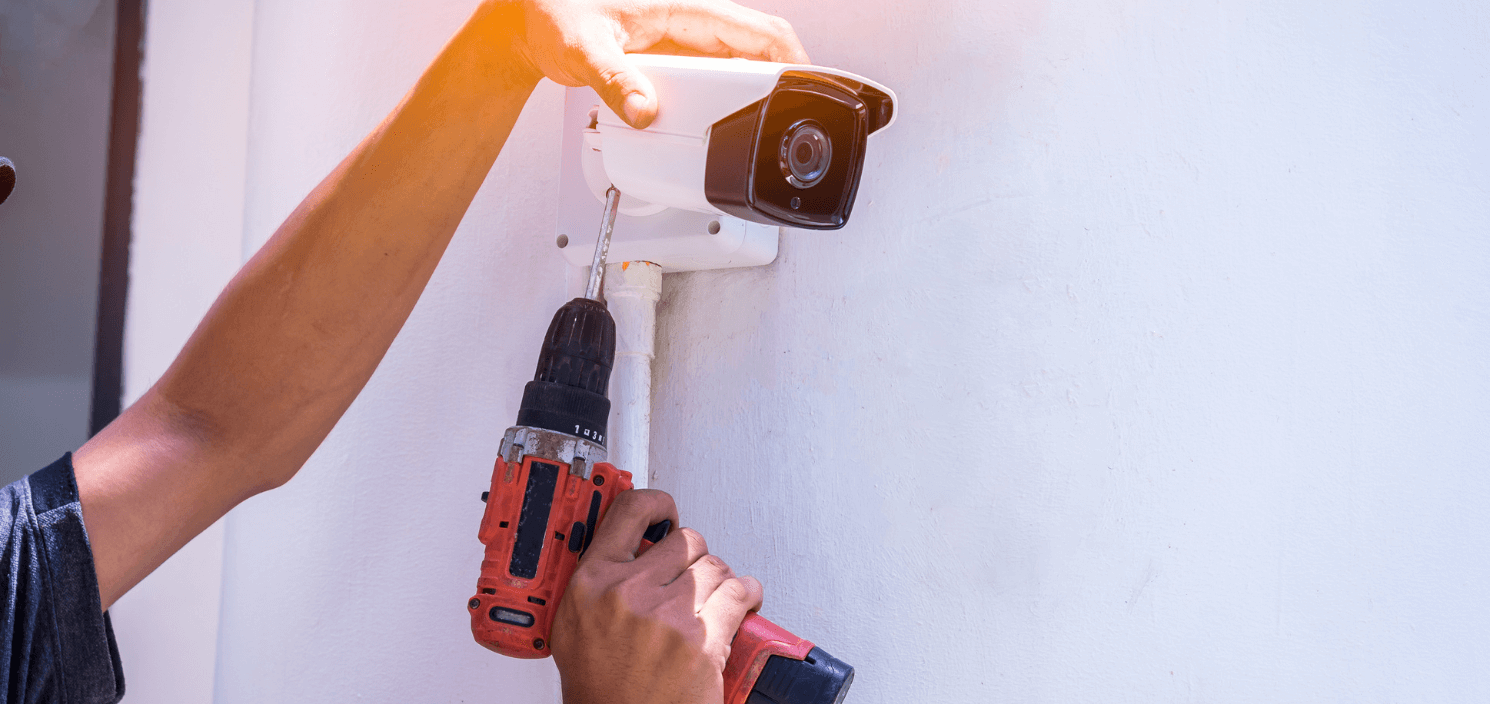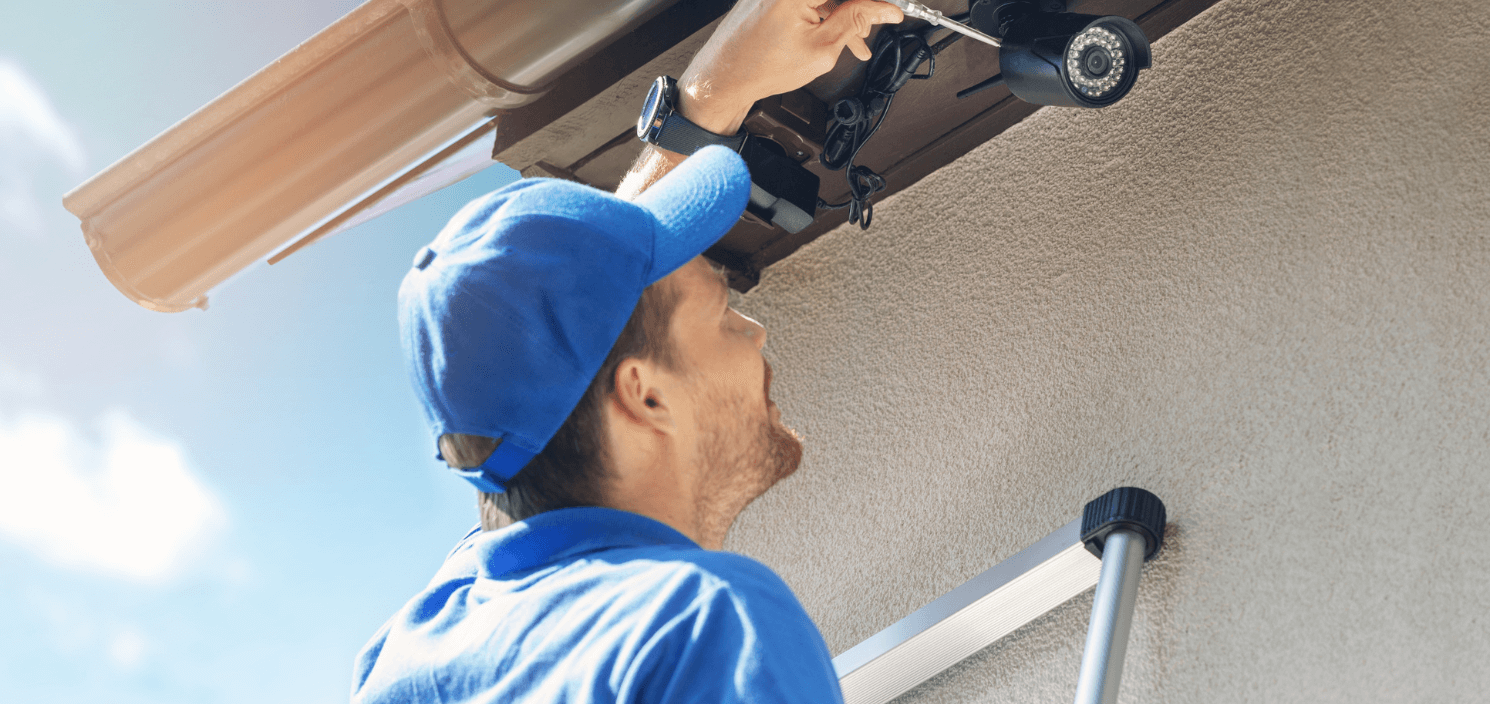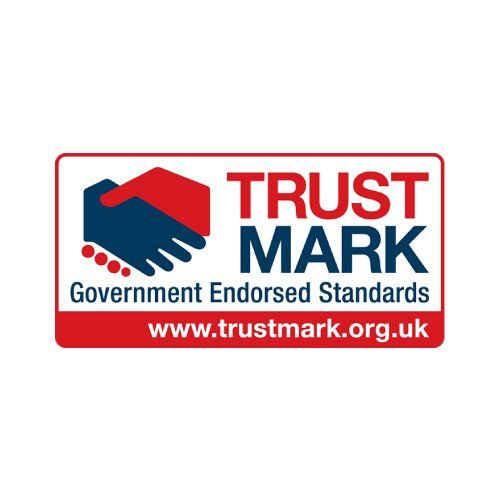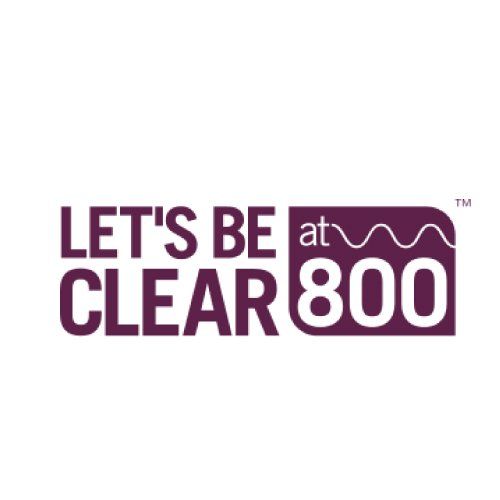How to Choose the Right Digital TV Aerial for Your Home: The Ultimate Buyer's Guide
Forget the marketing hype and the big boxes. Getting perfect reception comes down to one simple truth: you must match the right hardware to your unique environment. As engineers, we bring the insight most guides ignore.
If you live anywhere in West Yorkshire from the hills above Halifax to the dense urban pockets of Leeds, you know signal reliability is a battlefield. Our region’s geography means the signal from Emley Moor is often either shadowed or reflected; choosing a Digital TV Aerials solution becomes a precise technical consultation.
Our nearly four decades on the ladder taught us the essentials: here are the three checks we perform to guarantee your Freeview picture is flawless and future-proof.
1. Factor One: Analysing Your Location, Strength, and Direction
The landscape is your primary enemy or ally. That’s just the reality of it. Before we even touch the roof, we diagnose the signal environment, focusing on potential pitfalls instead of just raw power.
Can Too Much TV Aerial Signal Cause Pixelation? (The Overload Trap)
Professional installs always start with the meter. We look for specific metrics, not just high numbers. Signal Overload is the most common mistake users make when they overcompensate for a perceived weak signal.
- Strong Signal Area (The Overload Trap):
- Reality: You have clear line-of-sight to the main transmitter.
- The Problem: Using an overly powerful Digital TV Aerials model or an unnecessary amplifier overloads your ’s tuner. The result is the exact same pixel-breakup as a weak signal. You need scientifically managed gain for correct operation. Think of this process like trying to listen to someone shouting into a microphone; turning up the volume (gain) only distorts the sound more.
- Medium Signal Area:
- Reality: The terrain or large buildings cause some inevitable signal loss (attenuation).
- Aerial Type Required: A solid Medium to High Gain aerial (e.g., elements) secured high on a roof point.
- Weak Signal Area (The Deep Valley):
- Reality: You sit in a signal shadow or behind a ridge. The incoming signal is weak and noisy.
- Aerial Type Required: High Gain is mandatory. This setup requires a Masthead Amplifier. We install this amplifier directly at the aerial's "head-end" to boost the fragile signal before the cable run causes power loss.
Does TV Aerial Polarisation Matter, and How Do I Check It?
Every signal has an orientation: either horizontally or vertically polarised. Your aerial elements must be mounted parallel to this orientation. Get it wrong, and you might as well have a clothes hanger on your roof.
- West Yorkshire Specifics: The primary Emley Moor signal operates with Horizontal Polarisation. However, we often use smaller Vertical Polarisation relay transmitters to service tight, difficult valley locations.
- Impact: A simple misalignment causes massive signal loss, instantly. A professional survey is mandatory; we confirm the correct polarisation on-site before drilling a single hole.
Should I Copy My Neighbour's TV Aerial Setup?
The old aerial installer's mantra: "Your roof, your rules." A few feet of roofline, a newly grown tree, or even a different internal cable run means your signal path is unique. Never copy a neighbour's setup; you need a solution tailored to your home's exact needs.
Before you call us, here's one piece of insider knowledge you can use to diagnose your system right now:
Pro Tip: Your TV's Secret Weapon
Want to speak the same language as your engineer? Find your ’s built-in signal meter (usually in the menu). The first thing I teach a customer on a call-out is how to find this feature. Forget Signal Strength; that's just the volume. The critical metrics are Quality (the clarity) and Bit Error Rate (BER).
- If your shows high Strength but low Quality, the problem is not a weak signal. It is Multipath Interference (for example, reflections off tall buildings) or, more likely, Signal Overload. Boosting the signal here only boosts the noise.
2. Factor Two: Decoding Aerial Technology (Gain and Group)
The hardware must conquer modern challenges: interference and poor components.
What is Aerial Gain (dBi), and When Should I Use High Gain?
Gain describes the aerial’s ability to "see" and focus weak signals.
- High Gain vs. Length: The number of elements (the bars) directly translates to the gain and how directional the aerial is. A high-gain aerial requires precise aiming. For weak signal locations, high-gain Digital TV Aerials are mandatory to lift the signal above the noise floor.
Why Do I Need a Group K Aerial to Block Interference?
You should install only the Group K (or Wideband K) aerial group.
- The Filtering Factor: Older Digital TV Aerials remain wide open to frequencies now used by and phone masts. That rusty old Group A aerial on your chimney is a interference magnet. Group K aerials reject these cellular frequencies using built-in filtering, eliminating one of the biggest causes of pixellation today.
3. Factor Three: Matching the Aerial to Your Property Type
Placement and component quality often cause installs to fail.
- New Build / Strong Signal:
- The Catch: Loft-mounting offers a clean aesthetic, but foil insulation and roof tiles cut signal by half or more. We only recommend loft-mounted Digital TV Aerials if a professional verifies the signal is extremely strong.
- Mid-Terrace / Semi-Detached:
- The Standard: Roof or Chimney-mounted Medium-High Gain Yagi Digital TV Aerials are the standard. We ensure the mounting is secure. A professional cradle and mast represents an investment, not a cheap plastic fix.
- Bungalow / Low Signal Area:
- The Necessity: High Gain Digital TV Aerials fitted to a high mast (often 6 ft) on the chimney clears ground obstructions. If it requires a Masthead Amplifier; we install this at the aerial's head-end to condition the signal before cable loss degrades it.
- Crucial Component Check: Should you really be considering using cheap cable? The difference between standard budget cable and professional-grade, low-loss CT100 or RG6 cable determines if your system functions at all.
- Multi-Point Installations:
- The Need for Distribution: Feeding two or more TVs off one set of Digital TV Aerial requires a Multi-Way Amplifier/Splitter. The splitter instantly drops the signal to each point, so the original source signal must be bomb-proof. Professional installation provides high-quality CT100 or RG6 cable for all distribution lines, minimising signal loss across multiple runs.
Trust the Signal Survey, Not the Guesswork
If you want a reliable picture without intermittent freezing, you must achieve technical certainty. Choosing the right Digital TV Aerials requires technical precision.
In West Yorkshire's demanding signal environment, a professional-grade survey meter remains the only way to guarantee a perfect install.
Cube Communications engineers perform detailed diagnostics on the signal. We use highly sensitive Signal Spectrum Analysers to guarantee your investment:
- We measure and lock onto the cleanest signal direction, verifying the correct polarisation.
- We calculate the precise gain and filtering (Group K) necessary to optimise the signal, preventing overload.
- We test the true digital metrics: Bit Error Rate (BER) and Carrier-to-Noise Ratio (C/N). These numbers tell us if the signal is pure enough to stand up to rain, wind, and interference. This guarantees your Digital TV Aerial installation is a long-term solution, free of costly callbacks down the line.
Get signal that lasts! Demand proof and start watching high-quality.
Contact Cube Communications today to book a free, no-obligation signal survey at your property. Our engineers diagnose your location and install the perfect Digital TV Aerials solution, guaranteed to deliver clarity and performance.
Call us on 0113 287 9000 or contact us to schedule your site assessment.
